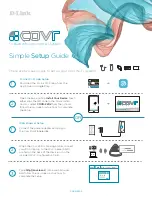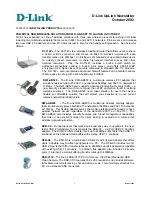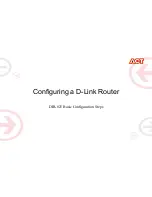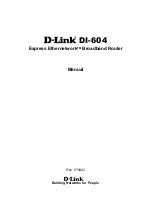
20
WARNING
Removing the cutter bit from the workpiece while it is still rotating could
damage the workpiece and result in loss of control, causing serious
personal injury.
NOTICE: Making test cuts in scrap material that is similar to your workpiece is essential.
Learning how the router’s speed, depth-of-cut and cutter bit will react in the workpiece will
help you produce quality cuts.
Internal Routing (Figs . 13, 13a,
13b and 14)
1. With the depth-of-cut set, tilt the router
and place it on the workpiece with only the
leading edge of the sub-base contacting the
workpiece (Fig. 13).
2. Turn the motor “On” and allow motor build up
to its full speed, being careful not to let the
cutter bit contact workpiece.
3. To begin your cut, gradually lower the cutter
bit into the workpiece until the sub-base is
flush with the workpiece (see Fig. 13a, 13b).
4. When the cut is completed, turn the motor
“Off” and allow the cutter bit come to a
complete stop before removing it from the
workpiece.
5. Unplug the router from the power source,
place the router upside down on the
worktable, and inspect the finished cut in the
workpiece.
WARNING
Always securely clamp your
workpiece and keep a firm
grip on the router base with both hands at all
times. Failure to do so could result in loss of
control, causing possible serious personal
injury. If using a router table, large cutter bits
should be used for edging only.
WARNING
Removing the cutter bit
from the workpiece while it
is still rotating could damage the workpiece
and result in loss of control, causing serious personal injury.
Fig. 13
Fig. 13a
Fig. 13b
Fig. 14
Routing
















































